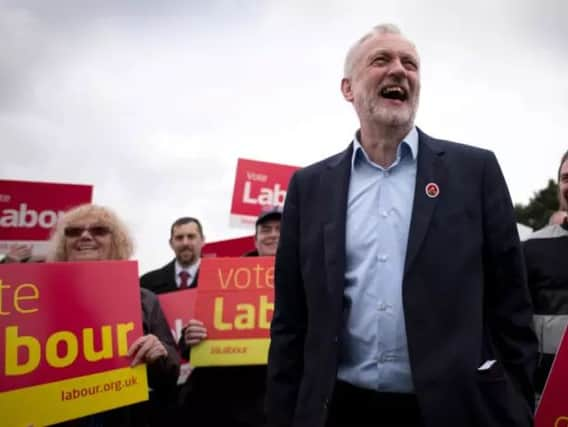Labour's new manifesto has echoes of the past


That year, the Conservatives enjoyed their best results since 1935 and emerged with a Commons majority of more than 140 seats.
With the polls putting Labour a long way behind the Conservatives ahead of next month’s vote, it did not take long for people to suggest yesterday that the leaked 2017 manifesto might be a new contender.
Advertisement
Hide AdAdvertisement
Hide AdIn terms of word count, the draft 2017 Labour manifesto comes up just short of its 1983 cousin but there is more than a hint of a return to the past in its pages.
From re-nationalising Royal Mail to the abolition of student tuition fees alongside moves to take more money from business this is the revival of the old-fashioned tax and spend approach that Tony Blair railed against as he tried to make Labour electable in the 1990s.
Undoubtedly, it is the manifesto that many in the party have long dreamt of writing and implementing.
But recent leaders have sought to rein in those instincts and present something perceived as more palatable to the centre ground.
Advertisement
Hide AdAdvertisement
Hide AdEd Miliband tested the theory that the centre ground had shifted left following the financial crisis with the 2015 General Election manifesto which promised intervention in the energy market and the return of the 50p tax rate for higher earners.
But it was tempered with centrist measures such as cutting business rates.
That 2015 manifesto, slightly more to the Left than those presented by Gordon Brown and Tony Blair, saw Labour lose seats at an election where it hoped to take power.
Mr Corbyn and his supporters’ believe Labour’s problem two years ago was not that Mr Miliband mis-read the electorate, but that he was not bold enough.
Many in the party fear voters are about to comprehensively debunk that thesis.